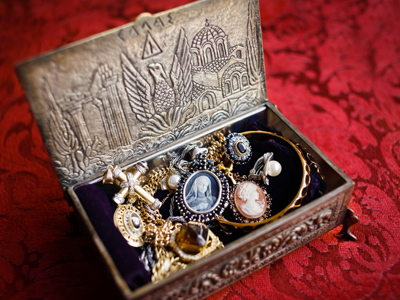
Metals make up most of the elements in the periodic table.
Atoms and Elements 02
Questions and answers about protons, neutrons and electrons. What is a chemical formula?
This is a fun way to recap your secondary school learning.
Scroll down to play the quiz
1.
How many atoms of sulfur are there in CuSO4?
Four
One
Three
Two
There is no small number after the chemical symbol for sulfur therefore there is only one atom
2.
The smallest part of an element that retains the identity (and the chemical properties) of that element is ...
A chemical
A molecule
An atom
An electron
The idea of atoms has been around for thousands of years but it was only during the last two hundred years that scientists have found evidence they exist. In 1981, a very powerful microscope was developed that can be used to 'see' actual atoms
3.
Which are the three magnetic elements?
Cobalt, nickel, iron
Copper, nickel, iron
Iron, aluminium, copper
Iron, zinc, copper
Copper, aluminium and zinc are not attracted by magnets
4.
An element has.....
Four names
One name
Three names
Two names
The name of many elements ends in -ium
5.
Which elements are in SO2?
Sodium and oxygen
Strontium and oxygen
Sulfur and oxygen
Tin and oxygen
If you did not know the answer, you could easily have looked up the chemical symbols to find out what elements they represent
6.
Which of the following metals is a liquid at room temperature?
Lithium
Magnesium
Mercury
Sodium
It is a toxic (poisonous) metal
7.
Which elements are in CoCO3?
Cobalt, carbon, oxygen
Cobalt, copper
Carbon, oxygen
Copper, chlorine, oxygen
Counting the capital letters in the formula immediately tells you that answers 2 and 3 must be incorrect (there are 3 capitals so there must be three elements). It is then simply a case of looking up the symbols on the periodic table or in a list of elements
8.
What is the correct formula for H-H?
2H
H1H1
H2
H22
This is a simple representation of a molecule of the element hydrogen. You know that it is an element because there is only one type of atom in the formula
9.
Most of the elements in the periodic table are.....
Gases
Liquids
Metals
Non metals
About three-quarters of all elements are metals
10.
What is the correct symbol for Iron?
Fe
FE
fe
Ir
A symbol MUST have ONE capital letter - no more, no less. That means the correct answer cannot be either options 2 or 3. Option 4 is tempting, but is the symbol for the metal iridium. But why use Fe for the symbol? The Latin word for iron is ferrum and quite a few symbols come from the Latin names for the elements. Iron is very common, so, if you didn't already know it, it should not be too long before you have to remember that Fe is the chemical symbol for iron
**Unlimited Quizzes Await You! 🚀**
Hey there, quiz champ! 🌟 You've already tackled today's free questions.
Ready for more?
Ready for more?
🔓 Unlock UNLIMITED Quizzes and challenge yourself every day. But that's
not all...
not all...
🔥 As a Subscriber you can join our thrilling "Daily Streak" against other
quizzers. Try to win a coveted spot on our Hall of Fame Page.
quizzers. Try to win a coveted spot on our Hall of Fame Page.
Don't miss out! Join us now and keep the fun rolling. 🎉
**Unlimited Quizzes Await You! 🚀**
Hey there, quiz champ! 🌟 You've already tackled today's free questions. Ready for more?
🔓 Unlock UNLIMITED Quizzes and challenge yourself every day. But that's not all...
🔥 As a Subscriber you can join our thrilling "Daily Streak" against other quizzers. Try to win a coveted spot on our Hall of Fame Page.
Don't miss out! Join us now and keep the fun rolling. 🎉







